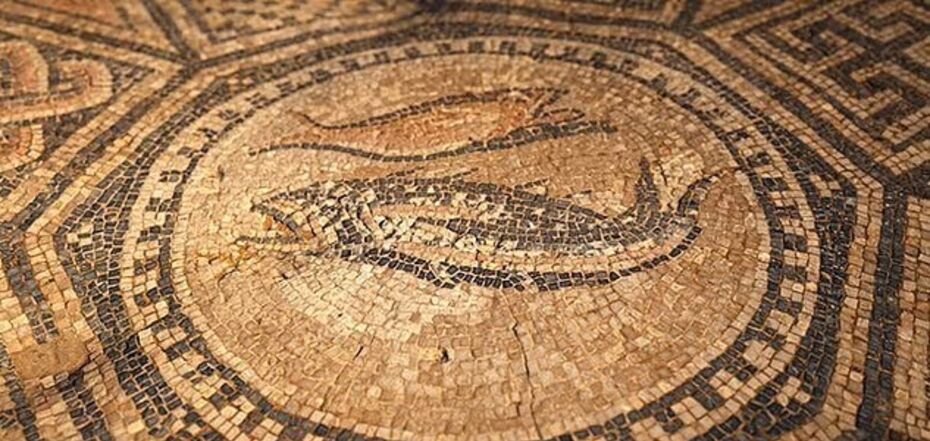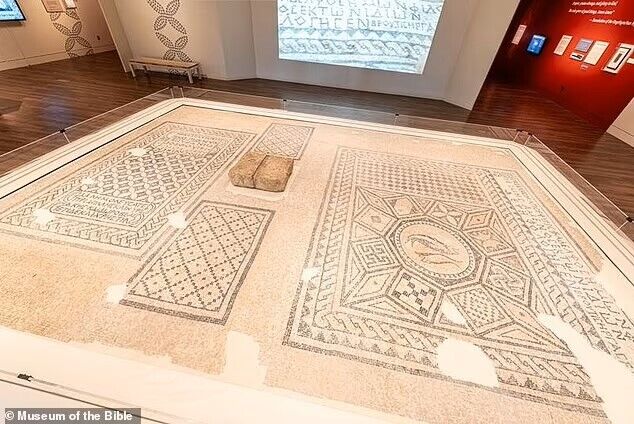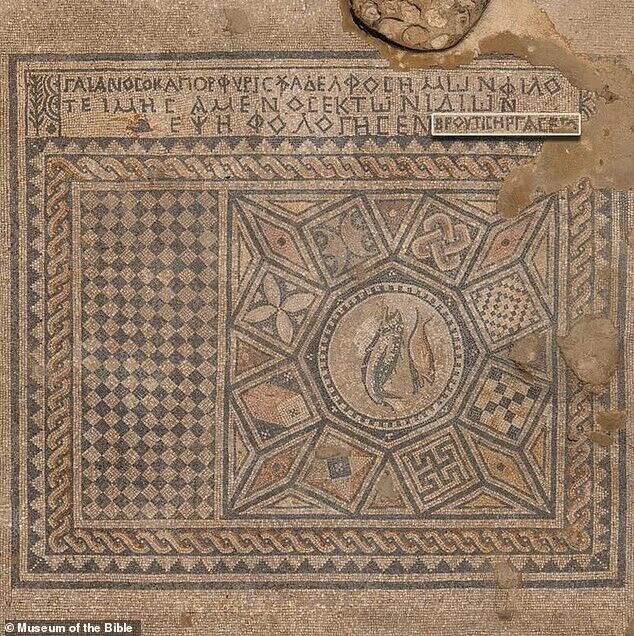News
The oldest inscription "Jesus is God" found in Israel: it is the largest discovery since the Dead Sea Scrolls
The oldest inscription proclaiming "Jesus is God" was discovered under the floor of Megiddo prison, near the site of the prophetic battle of Armageddon in Israel. It is considered "the biggest discovery since the Dead Sea Scrolls."
The 1800-year-old mosaic found by the prisoner depicts an ancient Greek inscription: "The God-loving Akeptus brought a table to God Jesus Christ as a memorial." The 54-square-meter mosaic decorated the world's first prayer hall in 230 AD, DailyMail reports.
The mosaic from Megiddo is currently on display at the Museum of the Bible in Washington, DC. The exhibition will run there until July 2025.
Carlos Campo, director general of the Museum of the Bible, called the mosaic "the greatest discovery since the Dead Sea Scrolls," and his colleagues noted that it is "the most important archaeological discovery for understanding the early Christian church."
This work of art was created at a time when the Roman Empire was persecuting Christians. "The mosaic presents groundbreaking physical evidence of the practices and beliefs of early Christians, including the first archaeological instance of the phrase 'God is Jesus Christ,'" said exhibition curator Alegre Savariego.
The mosaic depicts a fish, one of the earliest symbols of Christianity. It also features five female names, which, according to researchers, indicates the important role of women in early Christian communities.
The name of the military officer who paid for the creation of this artwork is also mentioned here: "Gaius, a Roman officer, seeking honor, made the mosaic with his own money."
The excavations, which were carried out by archaeologists from the Israel Antiquities Authority (IAA), took four years to restore the mosaic floor.
The IAA's conservation department cleaned and stabilized the mosaic, wiped and re-laid all of its pieces, and filled the empty spaces with mortar. And to move it to the exhibition in the United States, the IAA had to separate the floor and place the pieces in 11 crates.
"You can't just lift the entire floor. So it was very difficult to cut out different parts of the mosaic without destroying the artwork," said Bobby Duke, director of the Scholars Initiative at the Museum of the Bible.
The Megiddo mosaic will return to Israel after the exhibition and will be exhibited on permanent display at the very place where it was discovered.
Earlier, OBOZ.UA wrote that during excavations in an 1800-year-old Roman fortress in Georgia, archaeologists discovered a golden offering to the god of war, as well as colorful mosaics and other artifacts.
Only verified information on our Telegram channel OBOZ.UA and Viber. Do not fall for fakes!





























